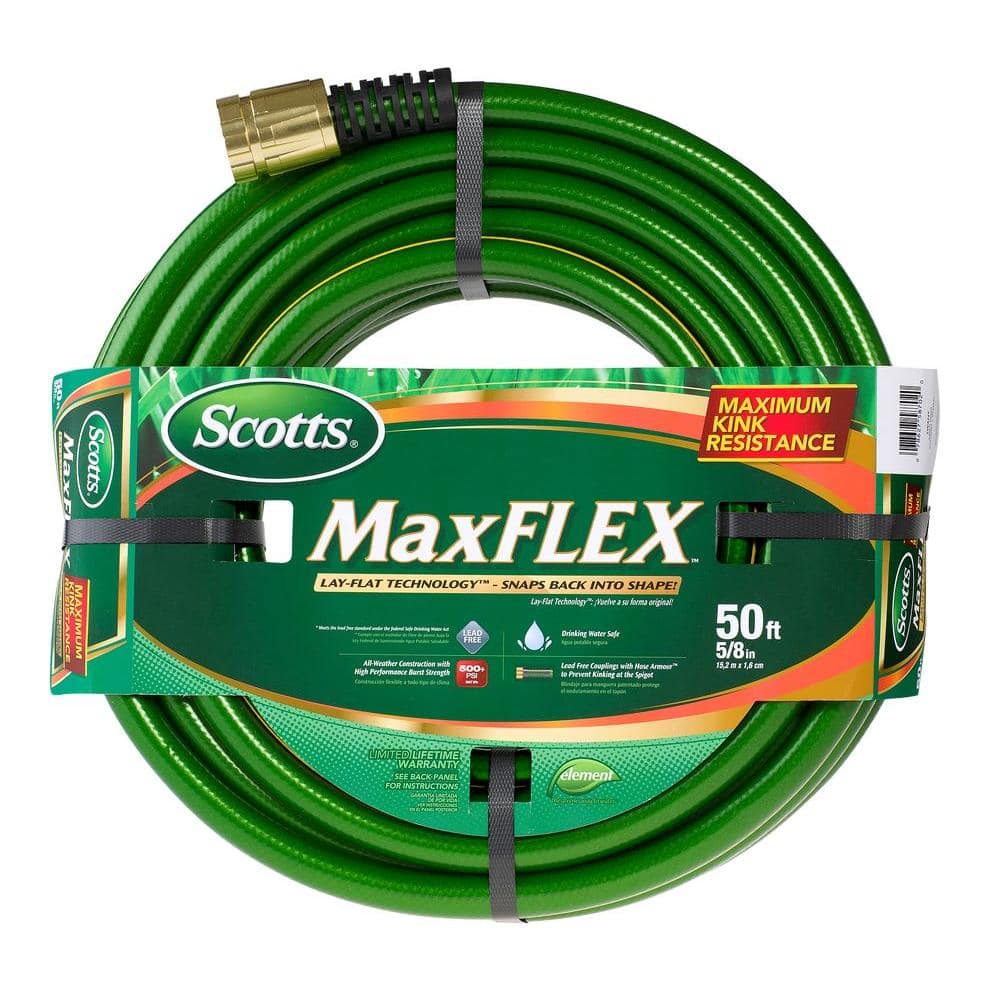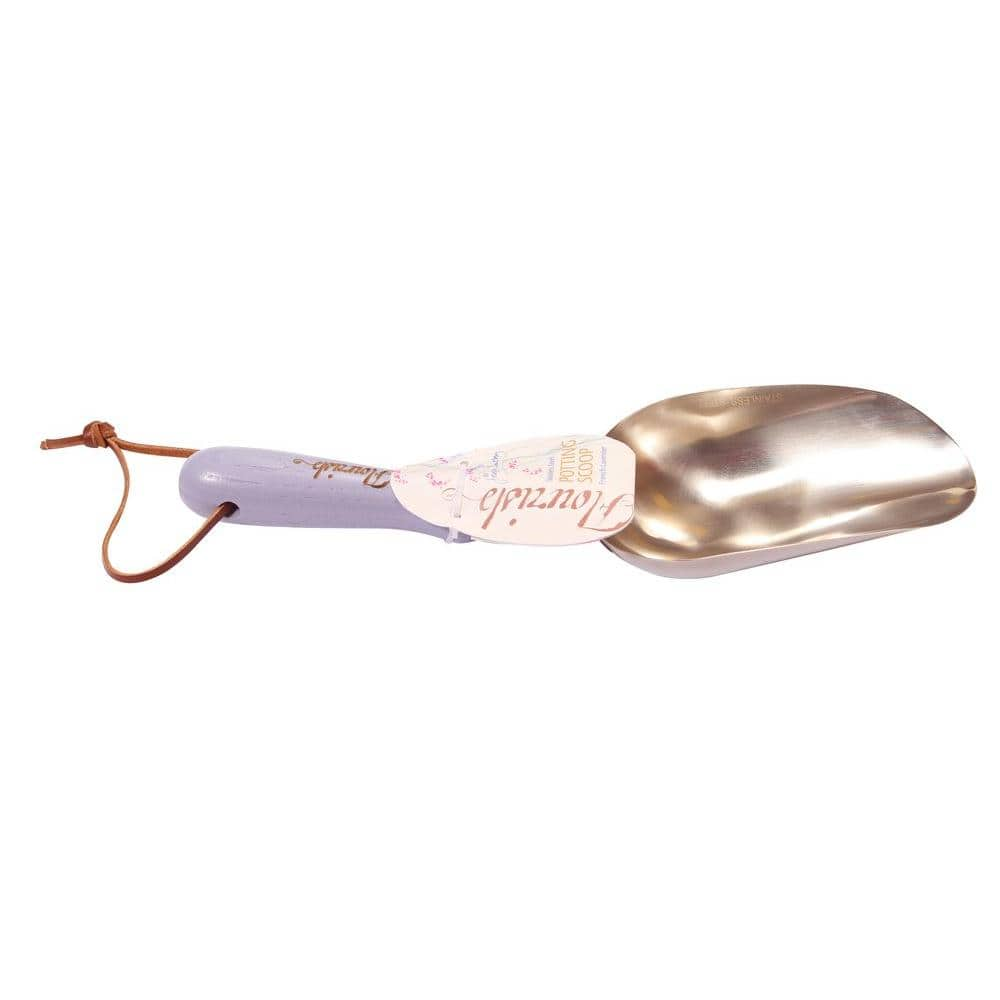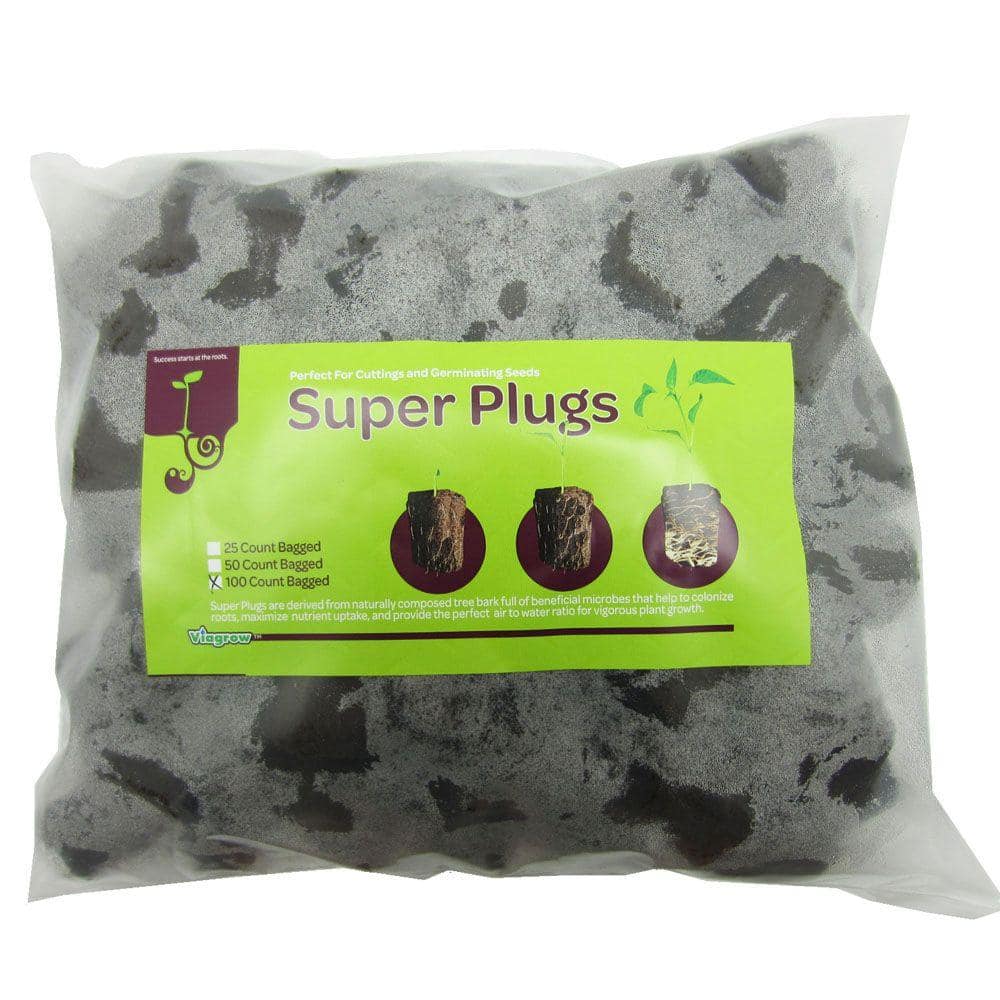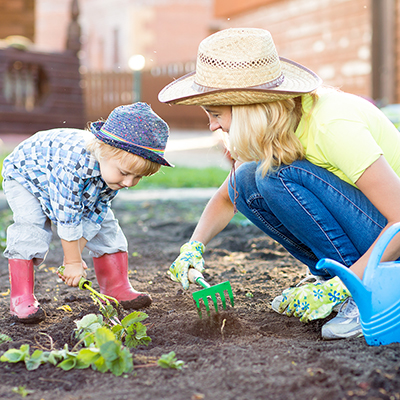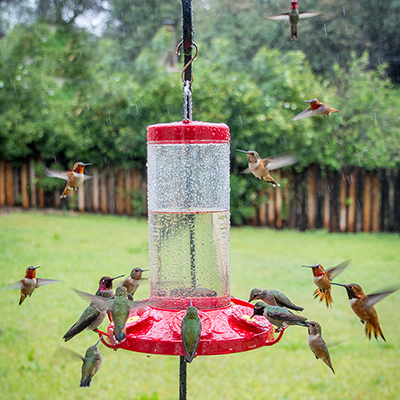How to Garden in the Off-Season with These 8 Tips
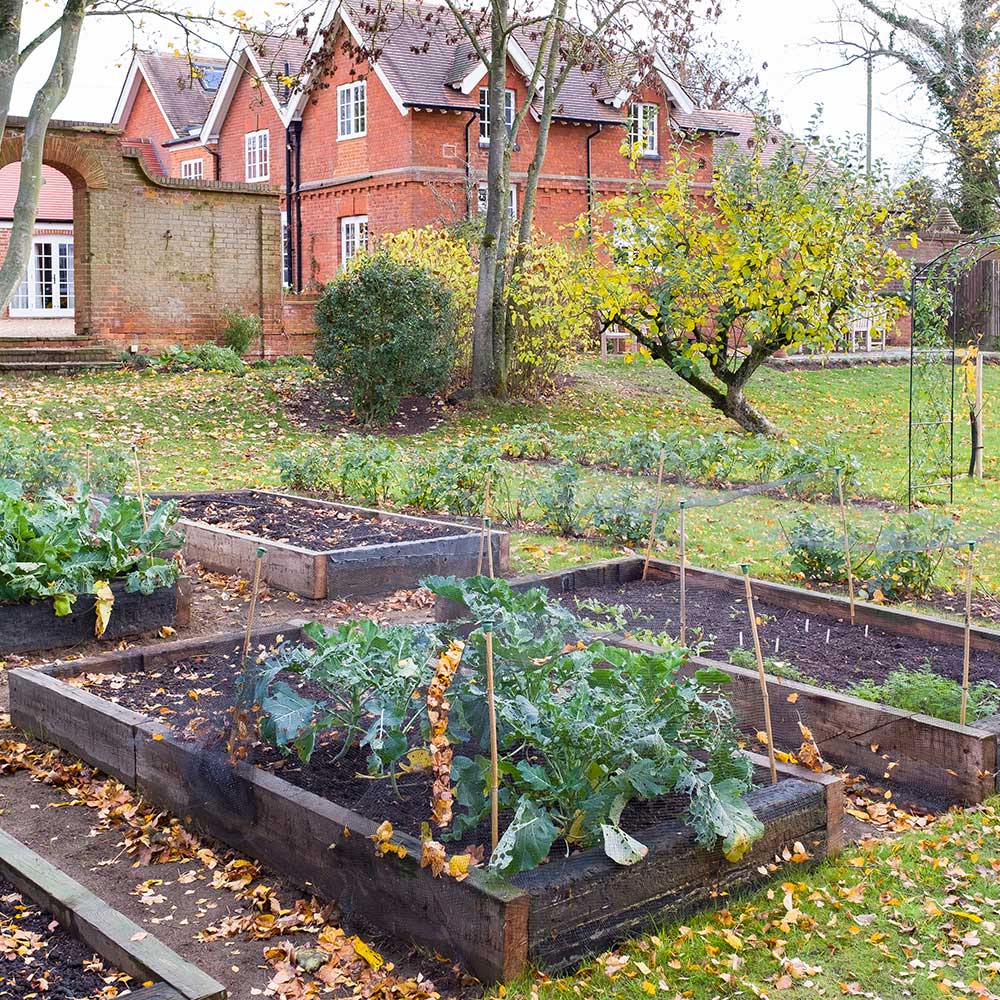
Last updated September 7, 2023
Learning how to garden in the off-season can help you garden smarter. Make plans so that you can spend more time outside doing what you love. From setting goals and getting organized to buying seeds and choosing new tools, there’s something you could be working on right now.
This guide will give you tips for how to garden in the off-season.
Table of Contents
Get Garden Plans Ready for the Upcoming Season
Gather Supplies for Seeds, Bulbs and More
Organize Your Garden Shed
Clean, Sharpen and Replenish Garden Tools
Water Plants, Shrubs and Trees
Reapply Mulch
Get Garden Plans Ready for the Upcoming Season
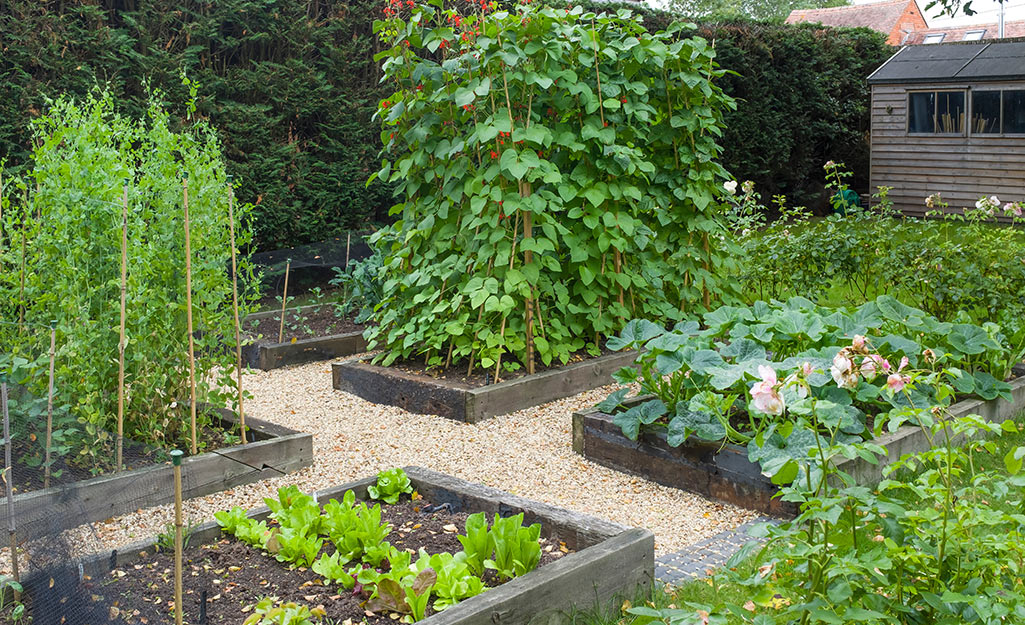
For the upcoming gardening season, get your garden plans ready. Start small and simple. Decide if you’re planting a sun or shade garden with flowers or vegetables. A vegetable garden needs at least six hours of sun each day. So do many flowers. When choosing the right spot, keep in mind that bare winter trees will create shade in the summer.
Measure the space where the garden will go. Take a photo or sketch out your garden on paper. Mark any existing structures, trees or plants. Fill in your sketch with the types of plants, the number of each and how much space they’ll need as they grow.
Add a focal point like a birdbath, fountain, arbor, pergola or garden statue. Birds flock to birdbaths that offer heating elements that keep the water ice-free in winter.
Accessories in the garden make your garden feel more permanent and lived in. If room allows, plan for garden paths that are four feet wide so you can pull a garden cart along the path. When you’re ready to dig, refer back to your sketch to see where each plant goes. If all goes well, you can expand or adjust your plan later, as needed.
Gather Supplies for Seeds, Bulbs and More
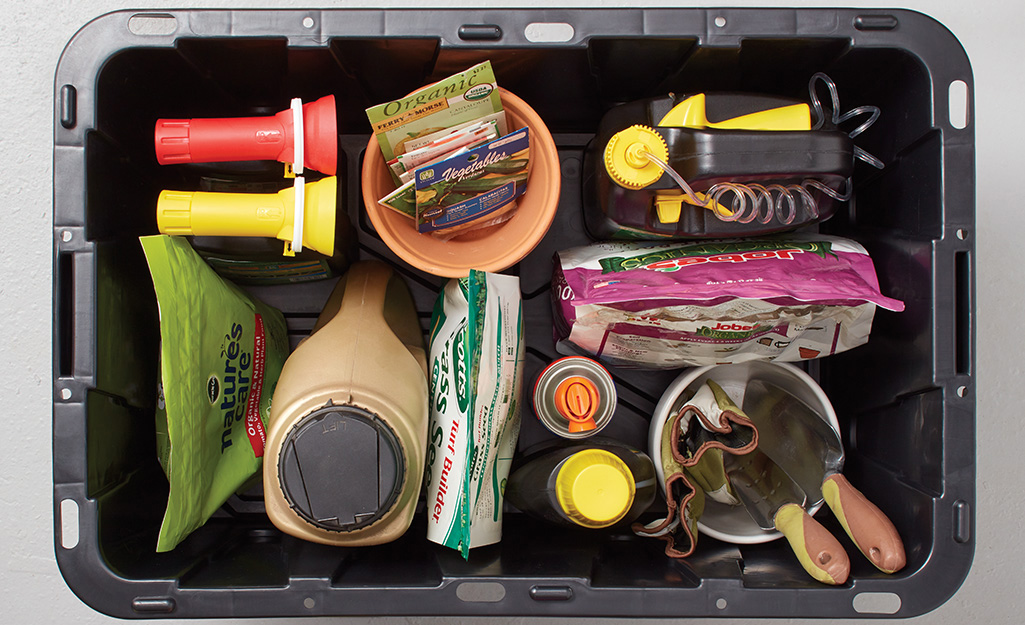
Once you make your garden plans, gather and obtain supplies you’ll need to begin your projects. Consider flower, herb and vegetable seeds. You may also want to get seed-starting supplies, tomato cages and row and plant covers. Invest in planters and potting soil so you’ll have those on hand. You can also order the supplies for raised garden beds and build them.
Organize Your Garden Shed
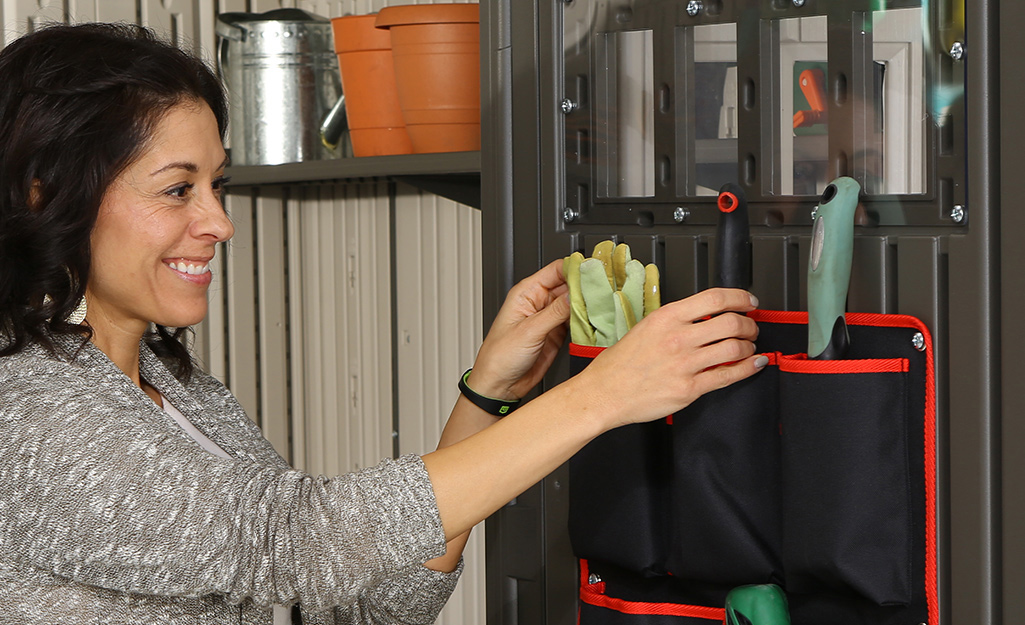
As you organize your shed, it’s a great time to clean up and sharpen your garden tools. Check your tools to see if any need to be replaced. Think about the tasks you want to get done and get any new tools you might need.
Clean, Sharpen and Replenish Garden Tools
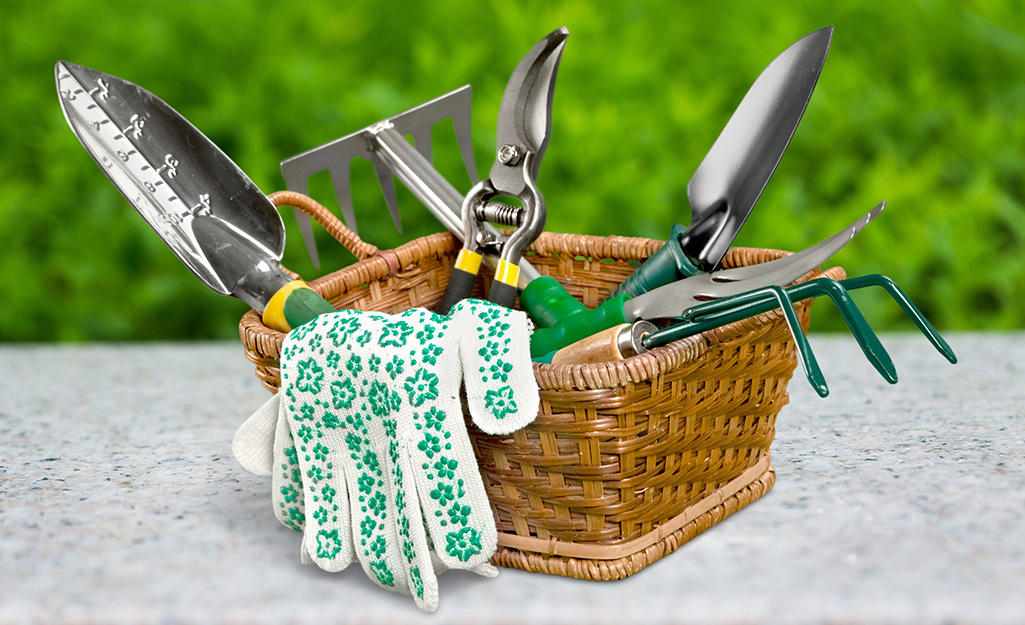
Once you start digging in and organizing your shed, it’s a great time to clean up and sharpen your garden tools. Follow instructions on how to clean and sharpen garden tools so your tools stay rust free and ready for use.
Now is also a good time to replace garden tools or add to your collection.
Water Plants, Shrubs and Trees
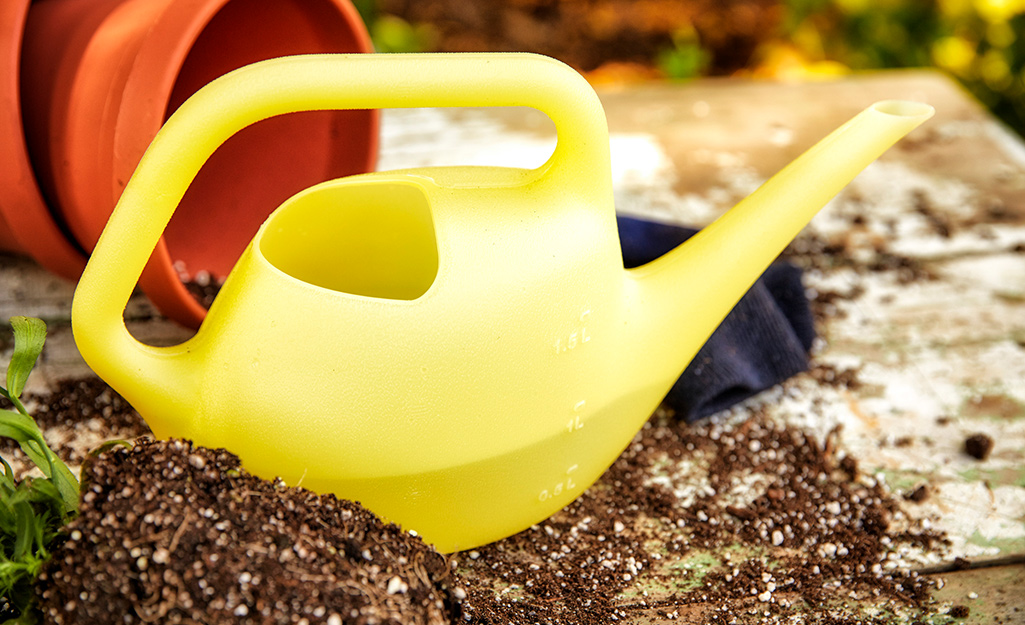
Even in winter, if your local area doesn’t get regular rainfall, you need to water your garden. When weather permits, water plants outside, including shrubs and trees. Especially in winter, be sure to only water early in the day when daytime temperatures reach above 40 degrees Fahrenheit, when there’s no snow on the ground and the wind isn’t gusting. Even if temperatures dip and freeze at night, water offers extra protection and insulation around your plants.
A garden hose or watering can will get the job done. Just be sure to drain the hose and store it when done if your area is prone to frigid weather.
Reapply Mulch
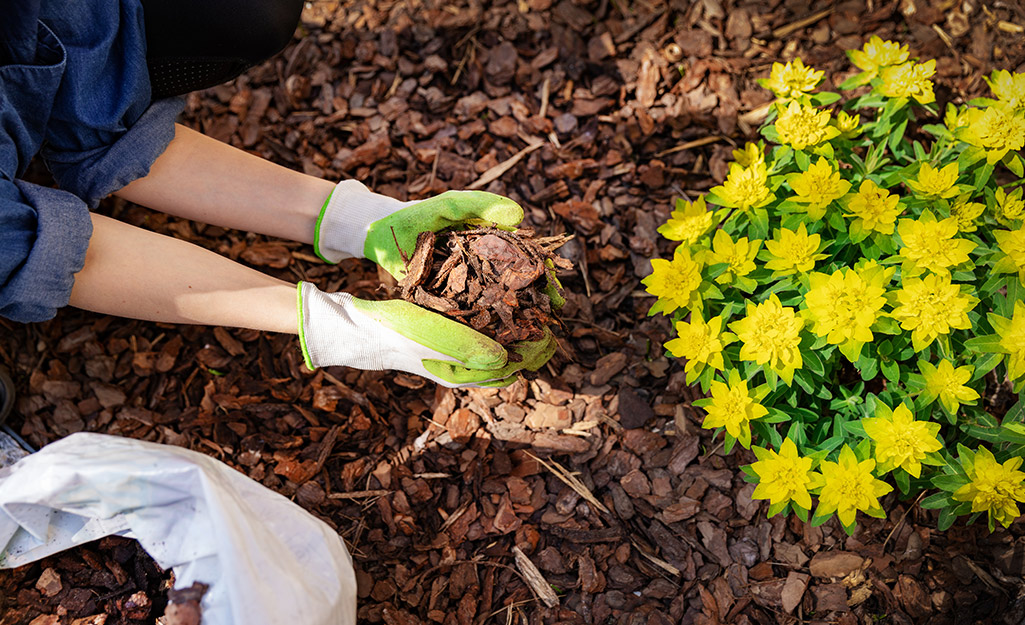
Mulch can offer an extra layer of insulation during cold weather. When weather permits, get outside and give plants a 2-inch layer of mulch. Even a little can go a long way for keeping plants warm and protected during the winter months.
Feed Overwintering Birds

Birds can be quite beneficial to your garden. They eat pests and aid in pollination. You can create a nutritious buffet for the birds in your yard. Add trees and plants that produce berries, seeds and nuts, while also providing cover. The birds will flock to your yard, especially as other foods, like insects, get harder to find in the winter.
Adding feeders to your yard is another way to attract birds. Stock fruits and seeds in bird feeders or try suet feeders. These cage-like feeders hold cakes of suet, a specially made, high-energy food. Look for suet cakes made with peanut butter, berries, raisins or nuts.
Add Plants Indoors
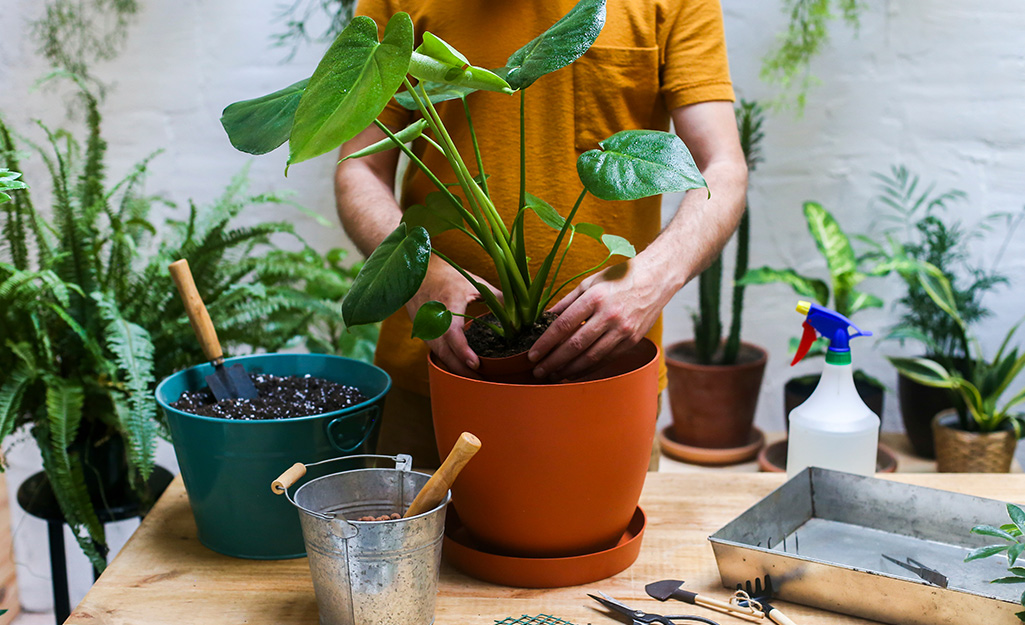
If the weather is not well-suited to working outside, you can concentrate on what you can grow inside. The off-season is an ideal time to acquire some new houseplants. Varieties that are easy to care for include peace lilies, snake plants, corn plants, parlor palms and spider plants. If you’ve always wanted an orchid, look for them in stores in January.
Even it isn’t warm out, you can work on your yard. Learning how to garden in the off-season can set you up for a successful growing season. Spend time planning, selecting seeds and bulbs and organizing and replacing your garden tools.
No matter what time of year it is, you can stock up on gardening tools and supplies. The Home Depot delivers online orders when and where you need them.





